Staab Architekten reveals design for Bauhaus archive building in Berlin
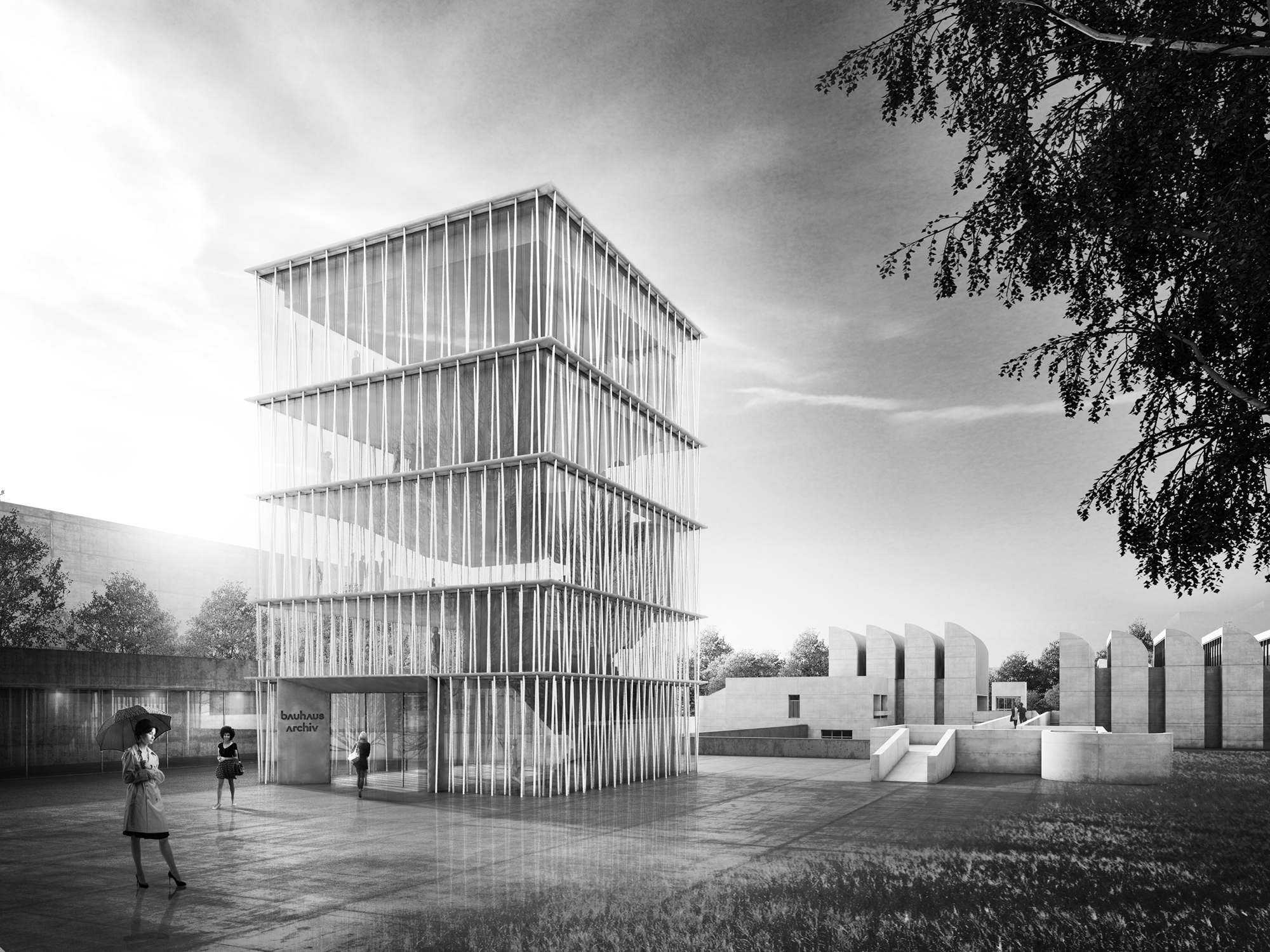
The sawtooth roof and distinctive curving bridge ramp of the Bauhaus archive and museum in Berlin are instantly recognisable around the world. So when Staab Architekten won the competition to extend the Walter Gropius-designed site they were very aware that they couldn’t – and didn’t want – to do anything that would overshadow the existing structures, or, as practice founder Volker Staab puts it, ‘turn it into a secondary building'.
The architects’ answer to this specific constraint is a 6,700 sq m extension, due to complete in 2022, composed of a slender five-storey glazed tower that will house the museum’s public amenities and educational facilities, a low-slung pavilion containing a café and shop, and a series of underground museum galleries that will spill out onto a cloister-style walkway and inner courtyard.
The new exhibition spaces will be built around the existing sunken garden and below the pedestrian ramp, creating a natural connection between the new and old museum foyers while preserving views of the famous silhouette of fins. The one-storey building will act as a wall and noise buffer between the busy street north of the site and, together with the tower, create a more substantive and symbolic entrance for the new ensemble. ‘Before, the Gropius building had parking in front of it and didn’t really address the road, so this has been much improved by the new design,' says Staab.
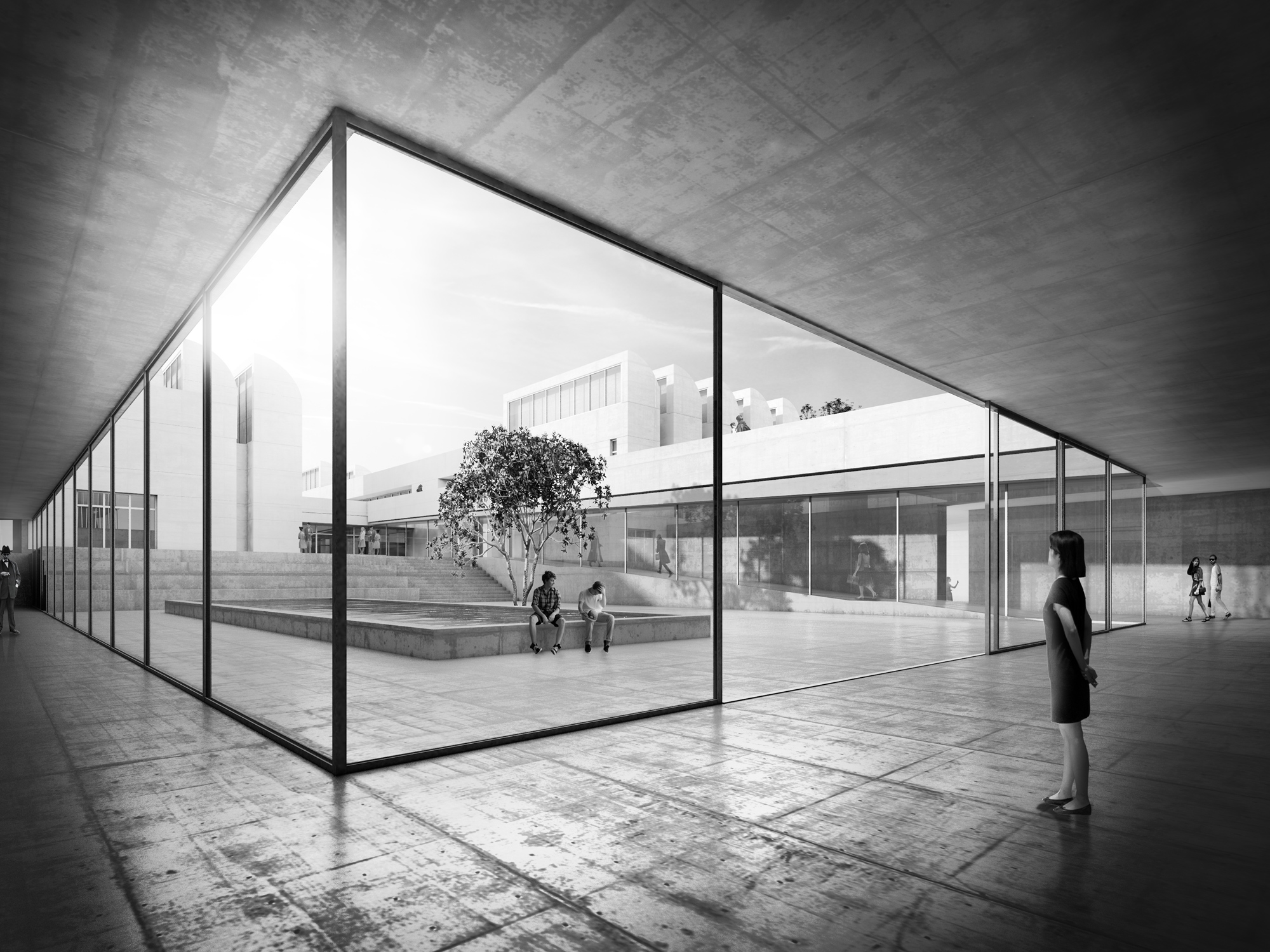
The new building will contain a café and shop, and a series of underground museum galleries. Image: Staab Architekten
Though the project doesn’t pay tribute to the Bauhaus in a formal way – ‘it isn’t a white cube', says Staab with a smile – the tower references the experimental and revolutionary nature of the movement – specifically the revolution in building systems the school embraced – in the way it is designed. Whereas Bauhaus acolytes promoted a sort of revolution in construction, Staab and his team celebrate the digital revolution in their tower design. ‘The construction of the tower was only possible through digital calculations and parametric optimization tools,' he explains. ‘We could never have done the calculations in an analogue way.'
RELATED STORY
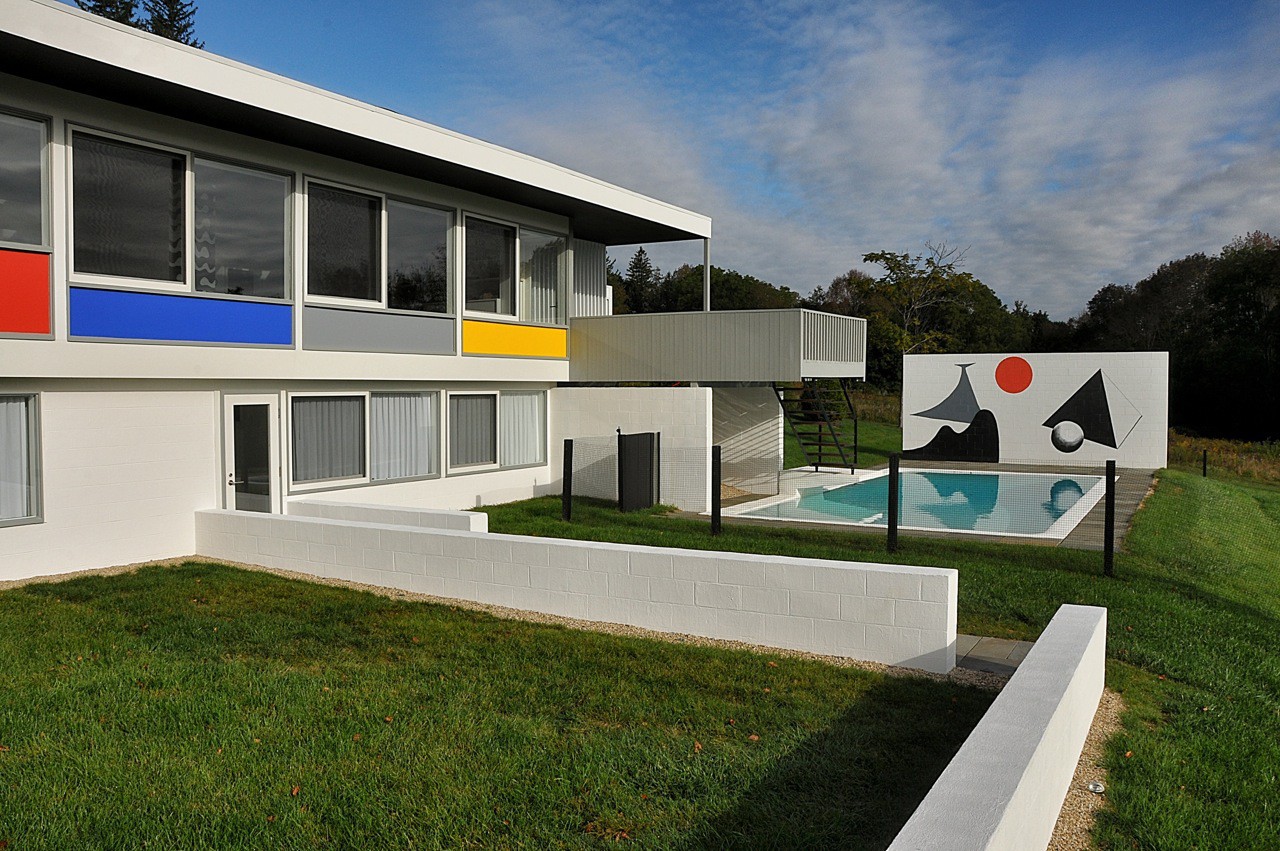
The results are alluring. The thin vertical load-bearing columns that surround the building are slightly angled and appear to be ‘softly dancing and somehow fragile', according to Staab. The permeability of the resulting structure also harks back to the open, interactive approach of the Bauhaus. The existing Gropius building will also be restored to its original condition and internal additions taken out as part of the extension project. Most importantly perhaps, the films used to darken the windows and preserve the exhibits will be removed, bringing back the connection between the outside and inside, and the views in from the pedestrian walkway. When the new site completes the Gropius building will once again function primarily as an archive. Overall the new museum extension by Staab Architekten is quietly audacious yet respectful; and transforms what was a somewhat lacklustre and confusing site into something far more legible with a sense of place and a heart in its new interior plaza. ‘The staff told us they would often find people wandering around the promenade looking for the entrance to the museum,' explains Staab. (In fact only the archive could be entered from the walkway, while the museum was always one floor down.) Originally, the archive was supposed to be located on a hilly site in Darmstadt, southern Germany. The way it was adapted to its new and flat site in Berlin was never entirely satisfactory, believes Staab. ‘But by then Gropius wasn’t involved anymore and it was his office that completed the building after his death.' Though it is impossible to tell conclusively from renderings and models, this extension looks set to vastly improve the experience of visiting and working in the Gropius archive and museum, while keeping the silhouette and importance of the pedestrian access route intact. Plus it throws in a delightful experimental landmark of its own, for good measure.
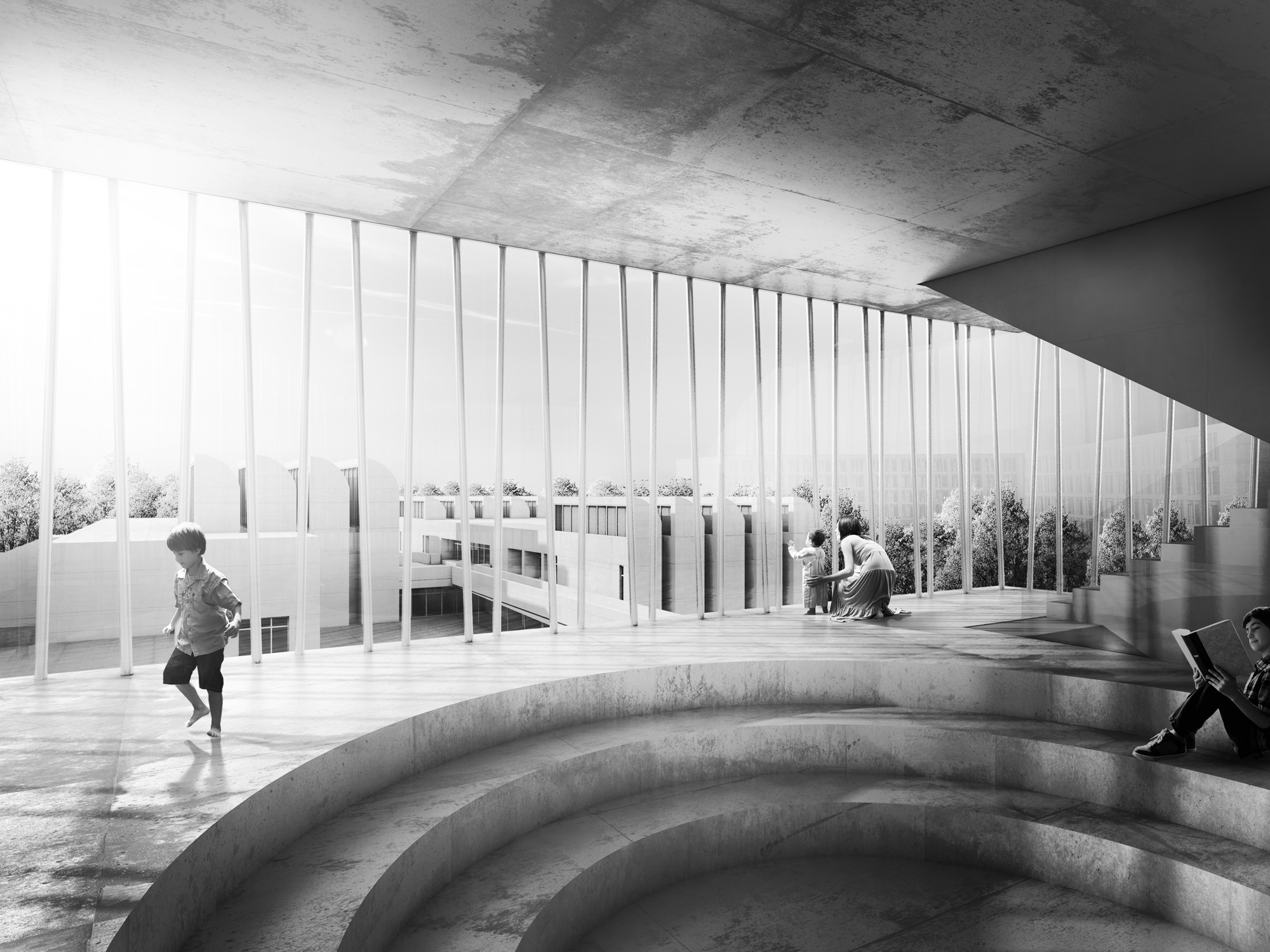
The new extension is set to vastly improve the experience of visiting and working in the Gropius-designed archive and museum. Image: Staab Architekten
INFORMATION
For more information visit the website of Staab Architekten
Receive our daily digest of inspiration, escapism and design stories from around the world direct to your inbox.
Giovanna Dunmall is a freelance journalist based in London and West Wales who writes about architecture, culture, travel and design for international publications including The National, Wallpaper*, Azure, Detail, Damn, Conde Nast Traveller, AD India, Interior Design, Design Anthology and others. She also does editing, translation and copy writing work for architecture practices, design brands and cultural organisations.
-
 The most comprehensive showing of Nan Goldin’s photographs and films is intense and emotional
The most comprehensive showing of Nan Goldin’s photographs and films is intense and emotionalNan Goldin's moving-image work makes a heavy impact in ‘This Will Not End Well’ at Milan’s Pirelli HangarBicocca
-
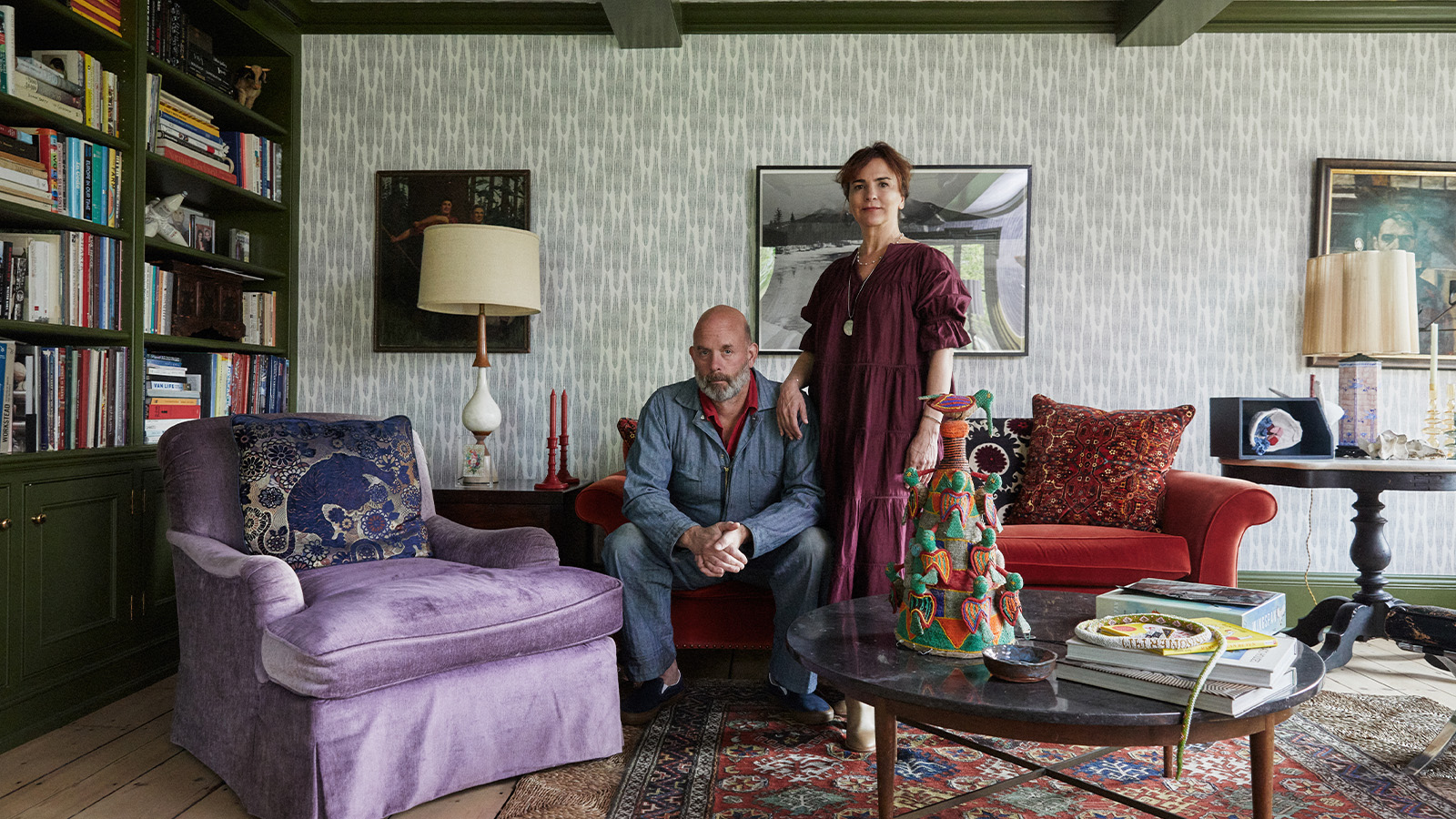 How We Host: Interior designer Heide Hendricks shows us how to throw the ultimate farmhouse fête
How We Host: Interior designer Heide Hendricks shows us how to throw the ultimate farmhouse fêteThe designer, one half of the American design firm Hendricks Churchill, delves into the art of entertaining – from pasta to playlists
-
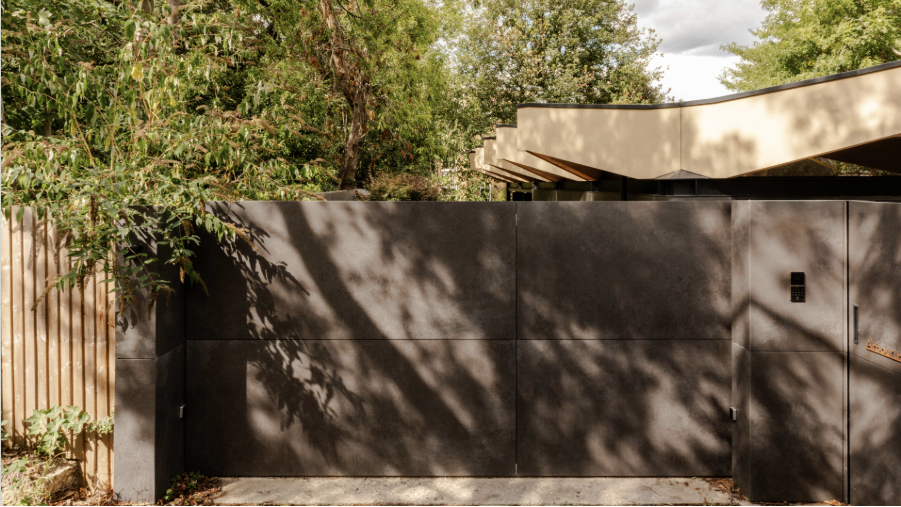 Arbour House is a north London home that lies low but punches high
Arbour House is a north London home that lies low but punches highArbour House by Andrei Saltykov is a low-lying Crouch End home with a striking roof structure that sets it apart
-
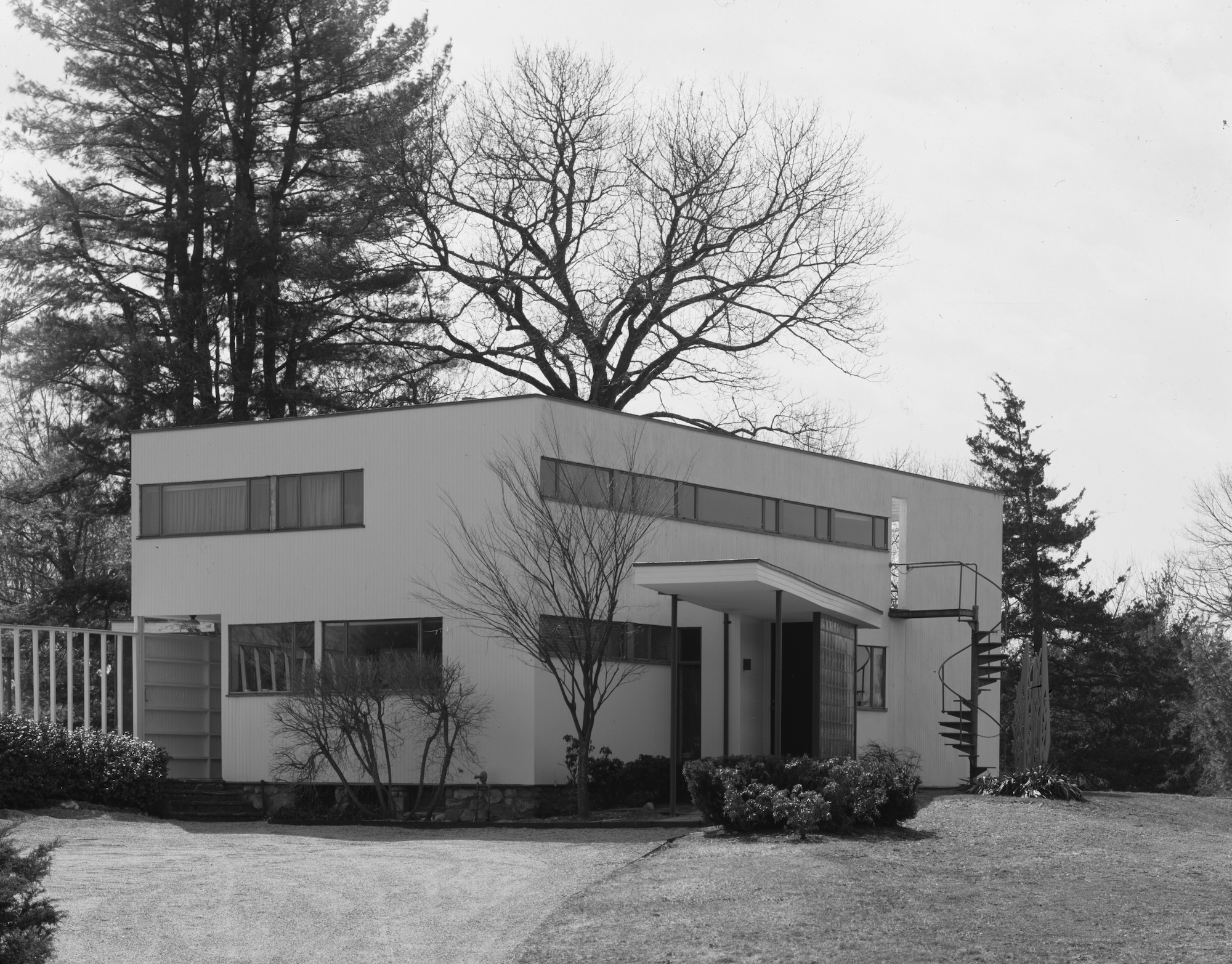 From Bauhaus to outhouse: Walter Gropius’ Massachusetts home seeks a design for a new public toilet
From Bauhaus to outhouse: Walter Gropius’ Massachusetts home seeks a design for a new public toiletFor years, visitors to the Gropius House had to contend with an outdoor porta loo. A new architecture competition is betting the design community is flush with solutions
-
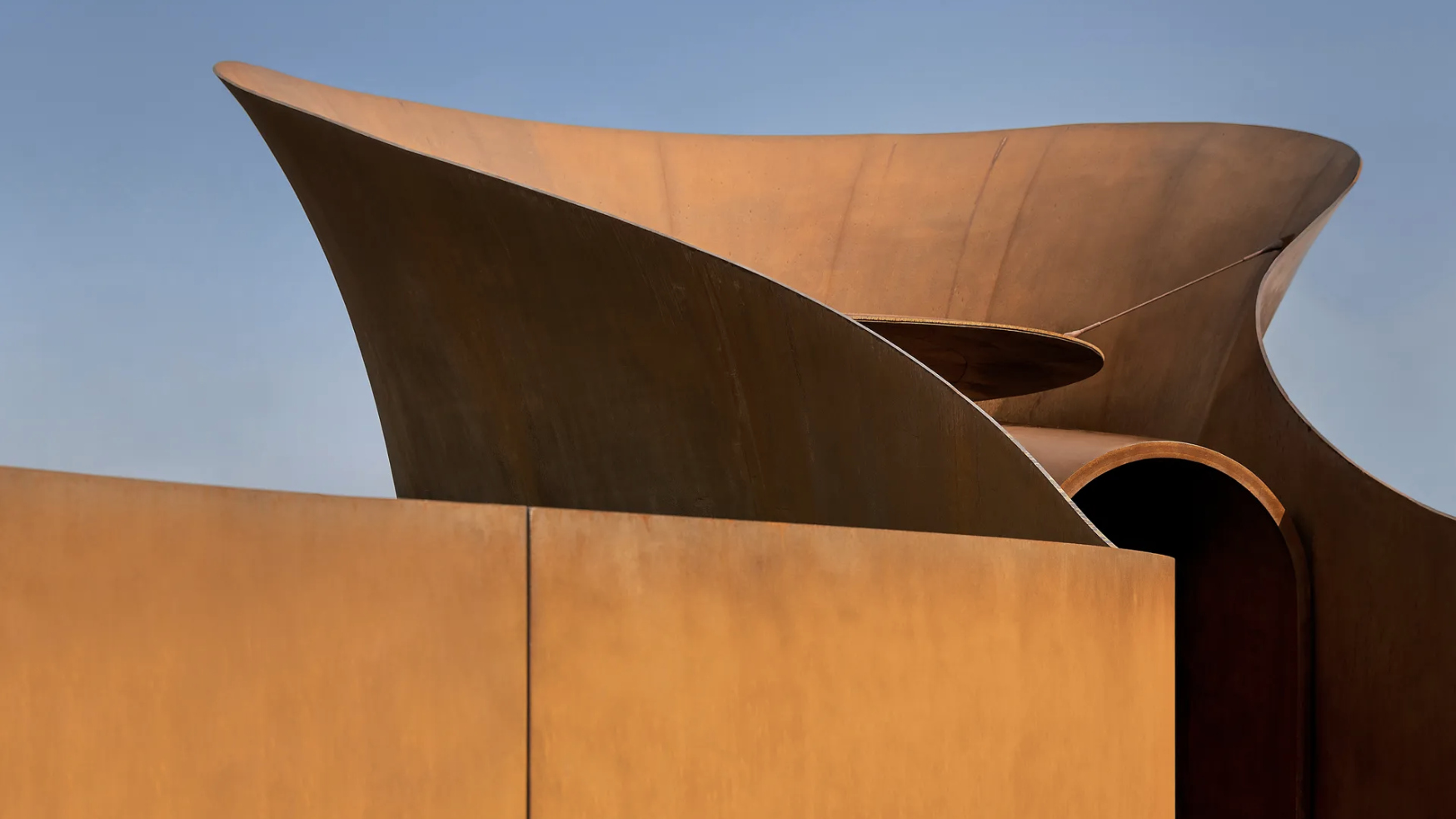 Doshi Retreat at the Vitra Campus is both a ‘first’ and a ‘last’ for the great Balkrishna Doshi
Doshi Retreat at the Vitra Campus is both a ‘first’ and a ‘last’ for the great Balkrishna DoshiDoshi Retreat opens at the Vitra campus, honouring the Indian modernist’s enduring legacy and joining the Swiss design company’s existing, fascinating collection of pavilions, displays and gardens
-
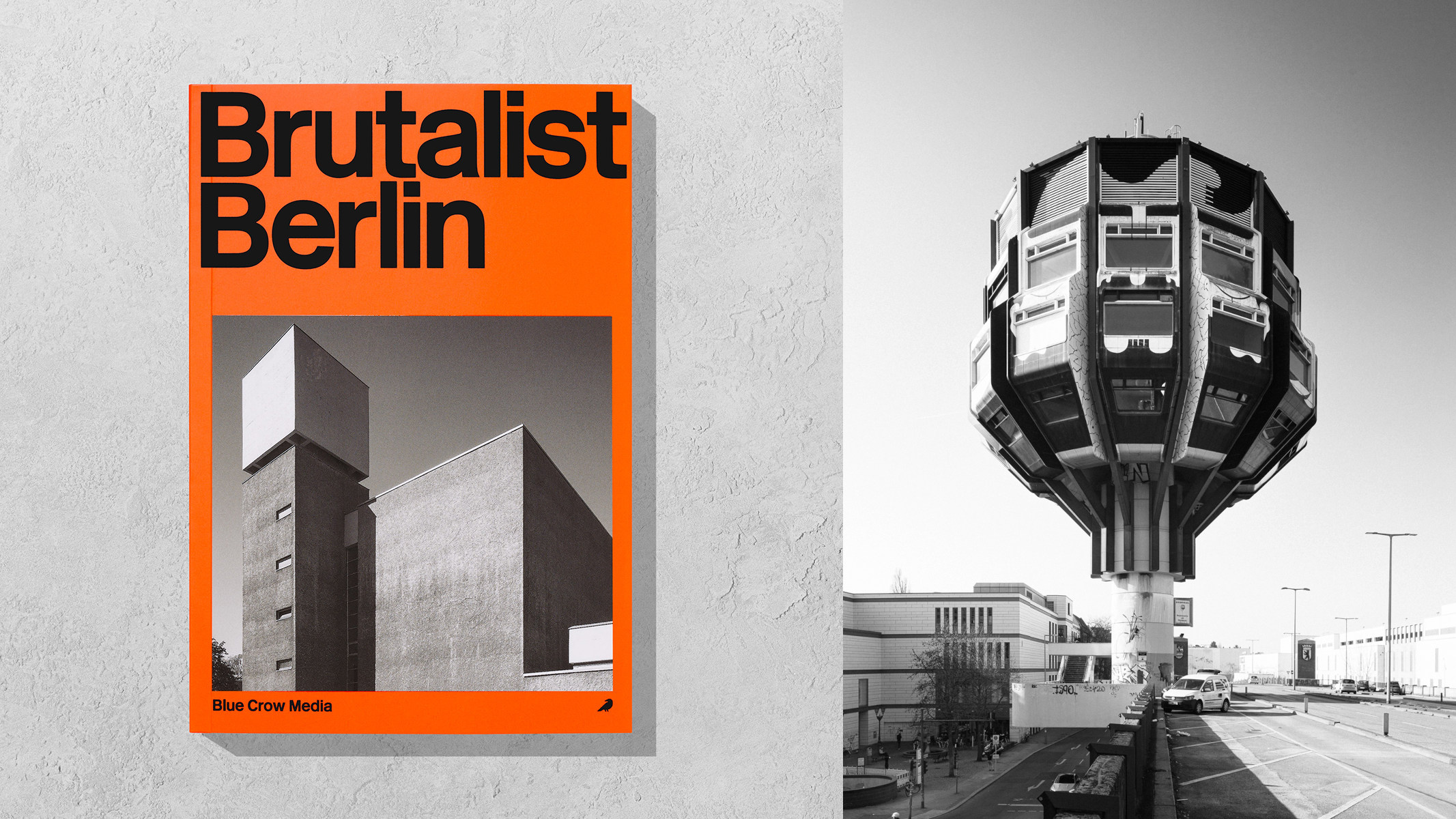 ‘Brutalist Berlin’ is an essential new guide for architectural tourists heading to the city
‘Brutalist Berlin’ is an essential new guide for architectural tourists heading to the cityBlue Crow Media’s ‘Brutalist Berlin’ unveils fifty of the German capital’s most significant concrete structures and places them in their historical context
-
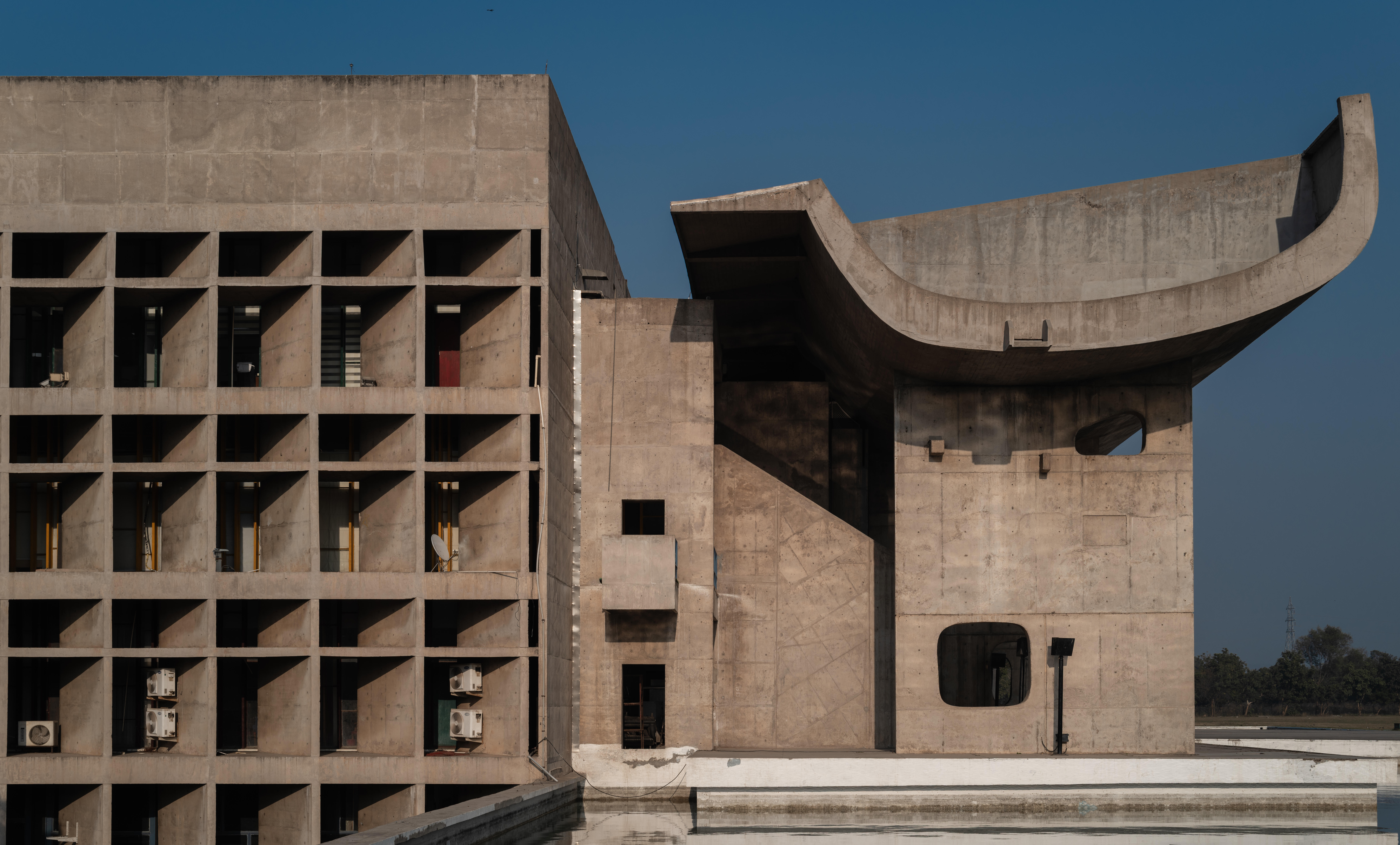 A guide to modernism’s most influential architects
A guide to modernism’s most influential architectsFrom Bauhaus and brutalism to California and midcentury, these are the architects who shaped modernist architecture in the 20th century
-
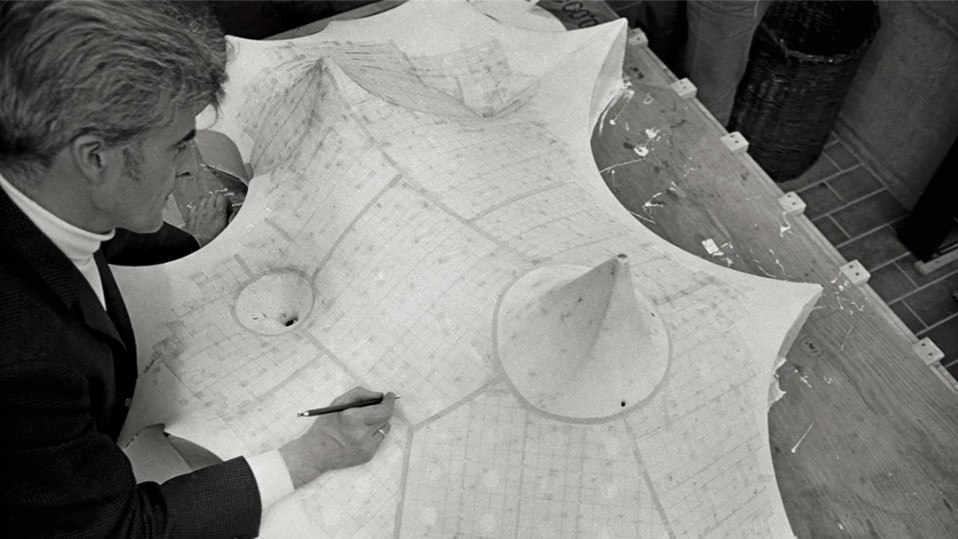 A new book delves into Frei Otto’s obsession with creating ultra-light architecture
A new book delves into Frei Otto’s obsession with creating ultra-light architecture‘Frei Otto: Building with Nature’ traces the life and work of the German architect and engineer, a pioneer of high-tech design and organic structures
-
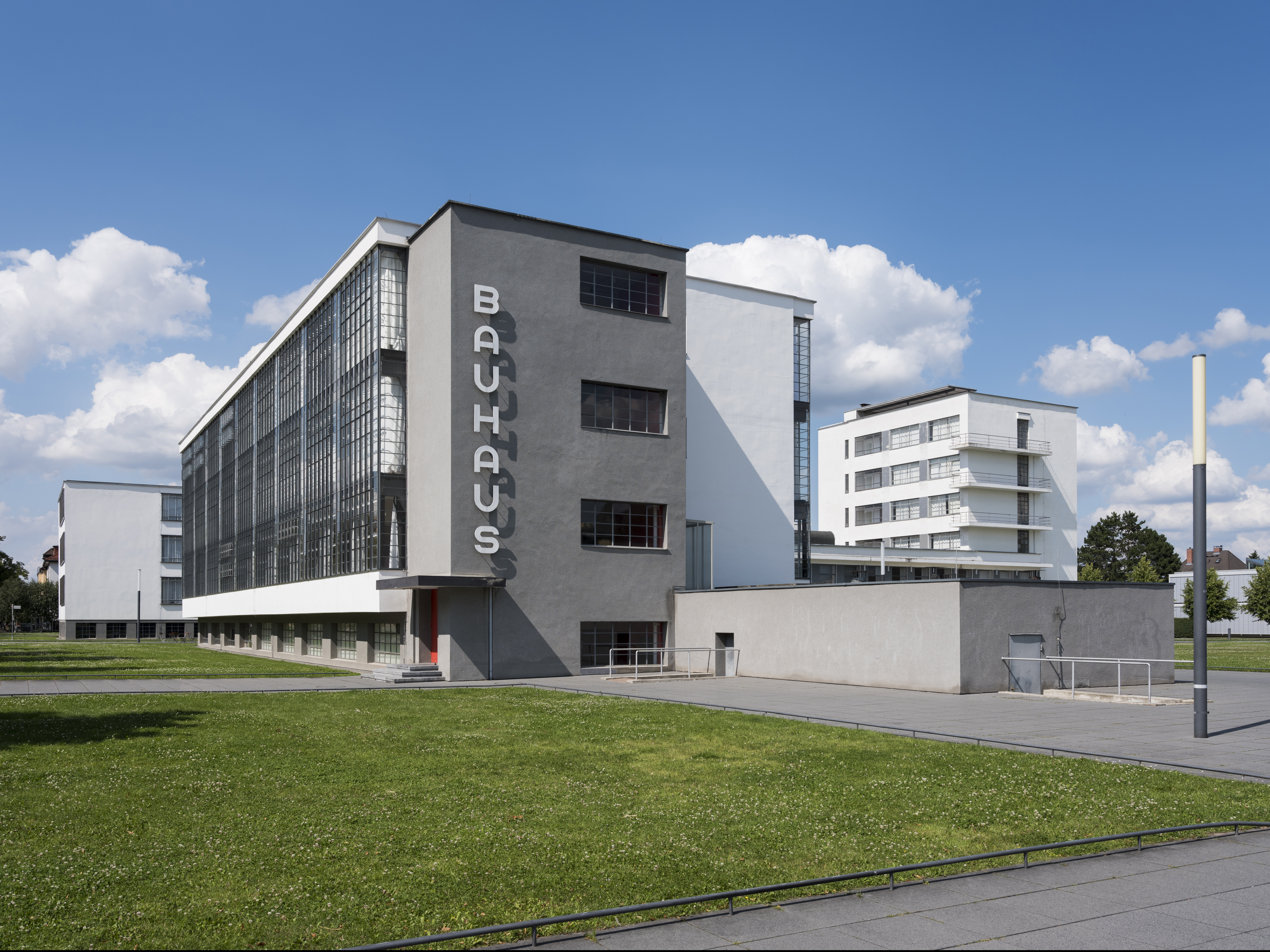 What is Bauhaus? The 20th-century movement that defined what modern should look like
What is Bauhaus? The 20th-century movement that defined what modern should look likeWe explore Bauhaus and the 20th century architecture movement's strands, influence and different design expressions; welcome to our ultimate guide in honour of the genre's 100th anniversary this year
-
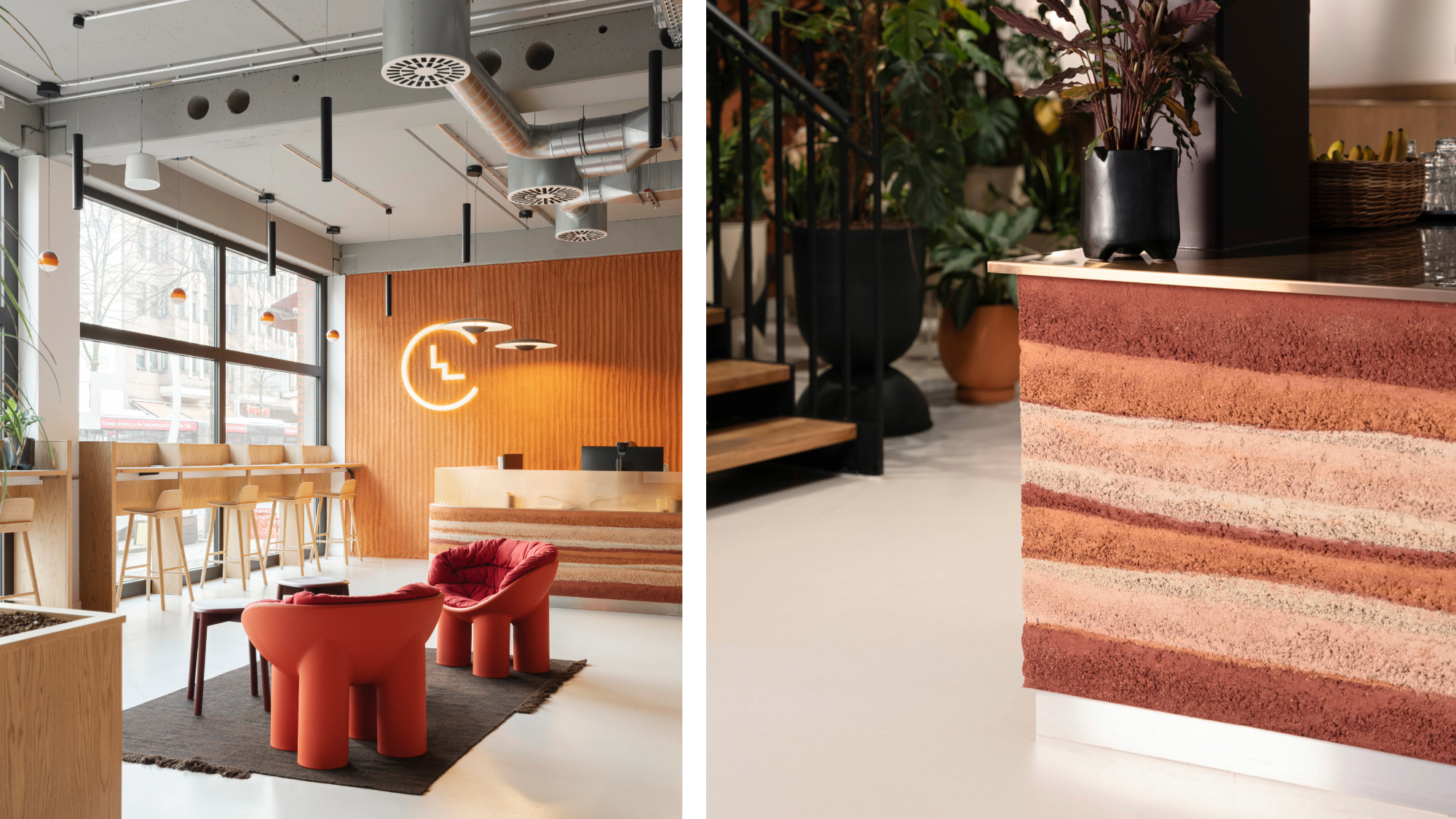 Step inside Clockwise Bremen, a new co-working space in Germany that ripples with geological nods
Step inside Clockwise Bremen, a new co-working space in Germany that ripples with geological nodsClockwise Bremen, a new co-working space by London studio SODA in north-west Germany, is inspired by the region’s sand dunes
-
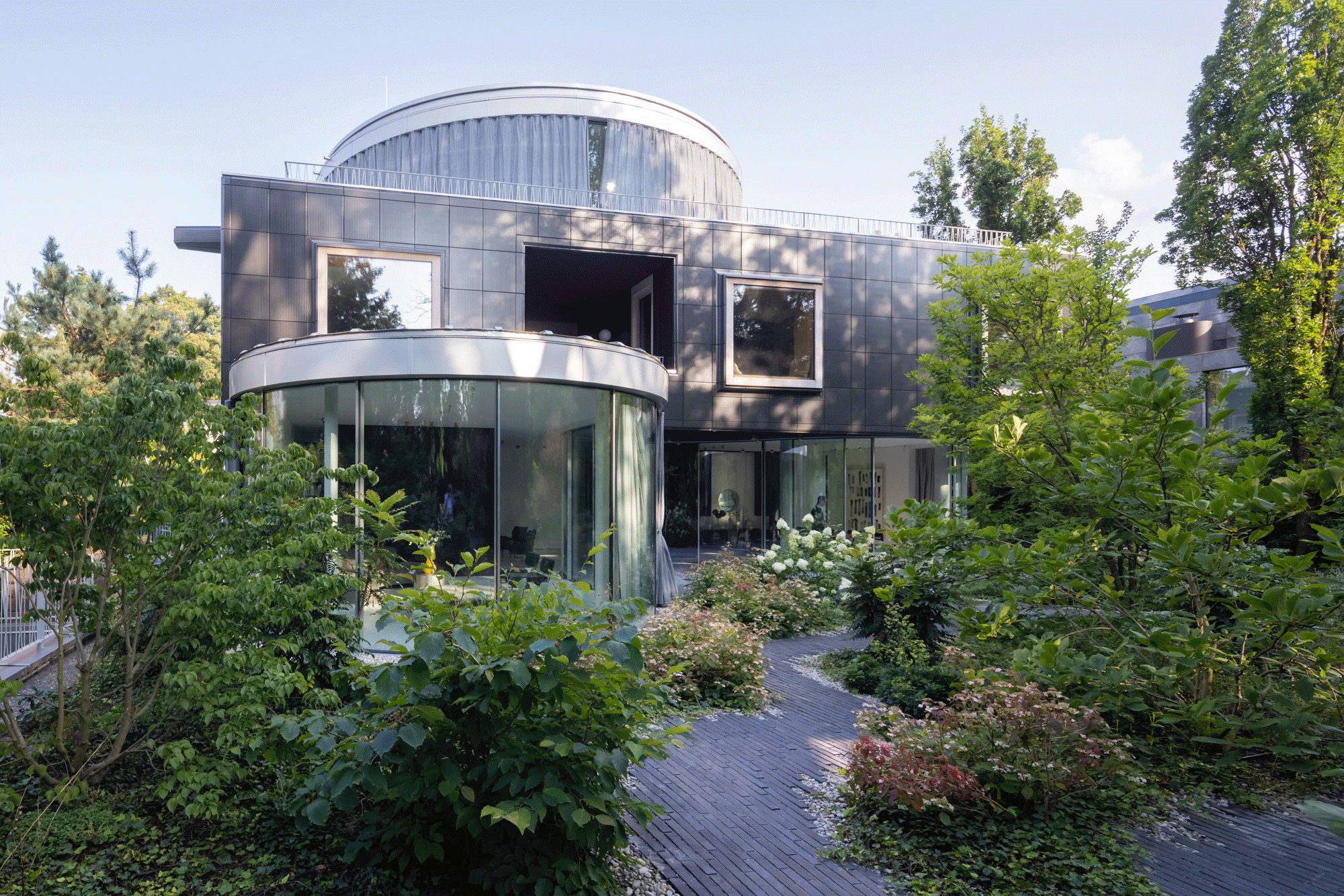 Join our world tour of contemporary homes across five continents
Join our world tour of contemporary homes across five continentsWe take a world tour of contemporary homes, exploring case studies of how we live; we make five stops across five continents